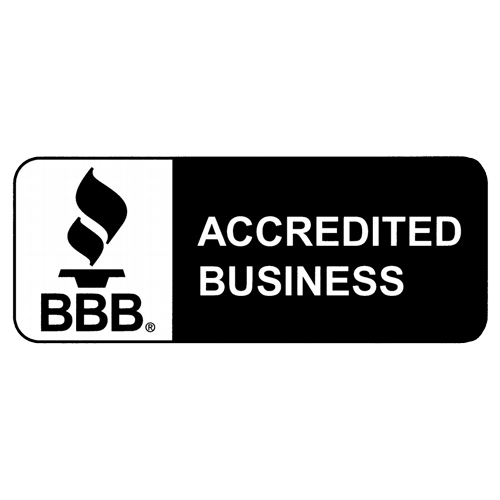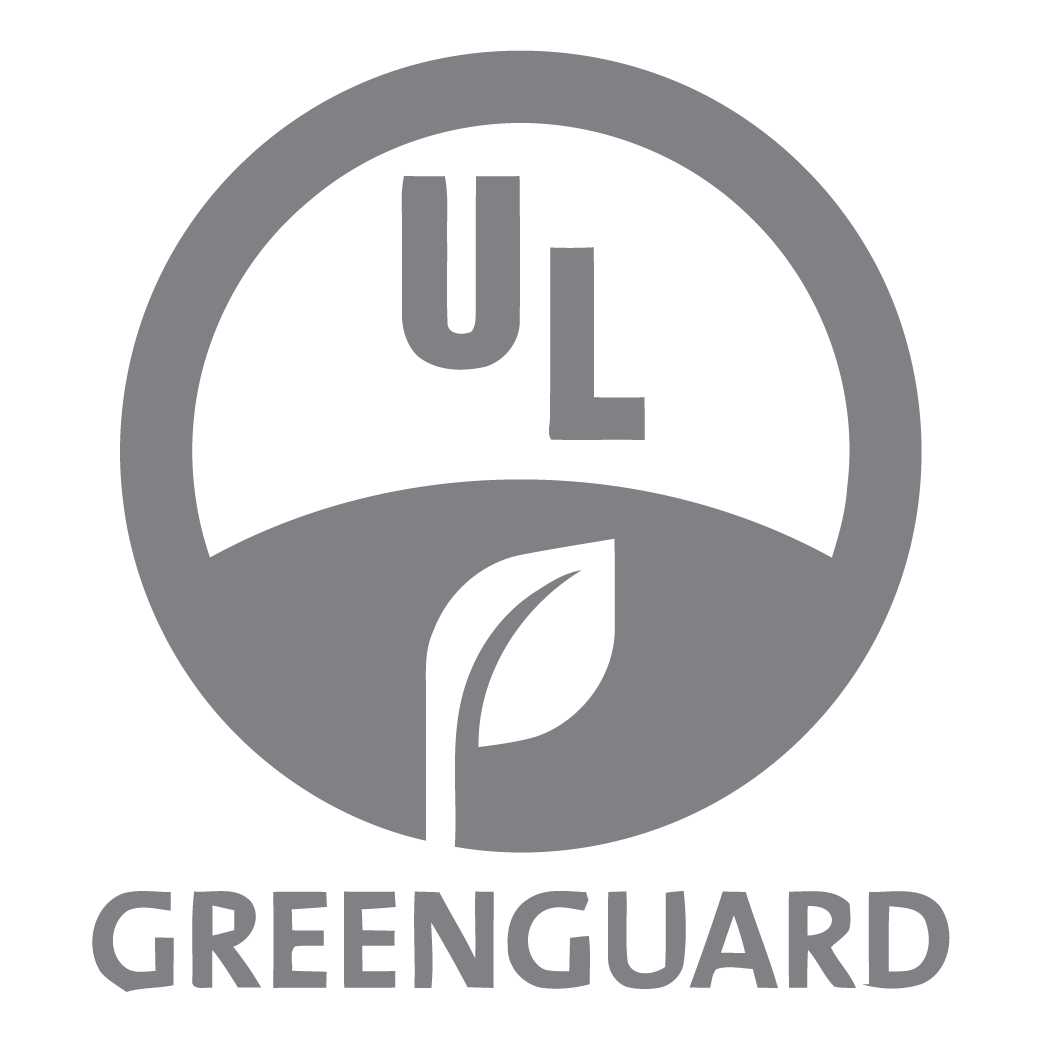Blown-in Loosefill Insulation
Blown-In Loosefill Insulation: Affordable, Efficient & Eco-Friendly
Blown-in loosefill insulation is a top choice for homes due to its superior efficiency and low cost. This material is easily installed in hard-to-reach places, as it is applied using a high-powered, specialized machine and a hose.
Why Blown-In Loosefill is the Optimal Choice for Homeowners
This method is an effective insulator that delivers multiple practical and environmental benefits, ensuring comprehensive coverage and enhanced home performance.
Cellulose
Fiberglass
Key Benefits for Home Comfort
Effective Insulation: Helps reduce heat loss and improve energy efficiency by filling gaps and crevices for more complete coverage.
Easy & Low-Cost Installation: The efficiency and low cost make it easily installed even in hard-to-reach places.
Sound Absorption: Helps reduce noise transmission between rooms or floors by absorbing sound waves.
Fire Resistance: Both common types are treated with flame retardants, making them more resistant to fire.
Eco-Friendly: Both cellulose and fiberglass are made from recycled materials, offering an eco-friendly choice that helps reduce waste and save energy.
Choosing Your Material: Cellulose vs. Fiberglass
The two most common types of loosefill insulation are cellulose and fiberglass. Both are excellent choices, but they have key differences in performance and composition.
Cellulose Loosefill Insulation
R-Value Range: Provides R3.2 to R3.8 per inch, making it slightly more thermally effective than fiberglass.
Composition & Eco-Friendliness: Highly sustainable, as it is made of 80% post-consumer newspaper scraps (high recycled content).
Safety Advantage: Treated with flame retardants and pest deterrents, making it more resistant to fire and rodents.
Fiberglass Loosefill Insulation
R-Value Range: Provides R2 to R3 per inch.
Composition & Cost: Has a lower recycled content (20% recycled glass) and is generally more costly than cellulose.
Safety/Pest Concern: Does not deter pests as well as cellulose and is considered more flammable.
Frequently Asked Questions (FAQ)
What are the two most common types of blown-in loosefill insulation?
The two most common types of loosefill insulation are cellulose and fiberglass.
Which loosefill material is more resistant to pests?
Cellulose insulation is more resistant to pests and rodents because it is treated with specialized pest deterrents.
What R-value does loosefill insulation provide?
Cellulose provides an R-value between R3.2 and R3.8, while fiberglass provides an R-value between R2 and R3.
other services
Get a free quote!
REQUEST A QUOTE
"*" indicates required fields
A FEW OF OUR PROJECTS
Partnerships & Associations













